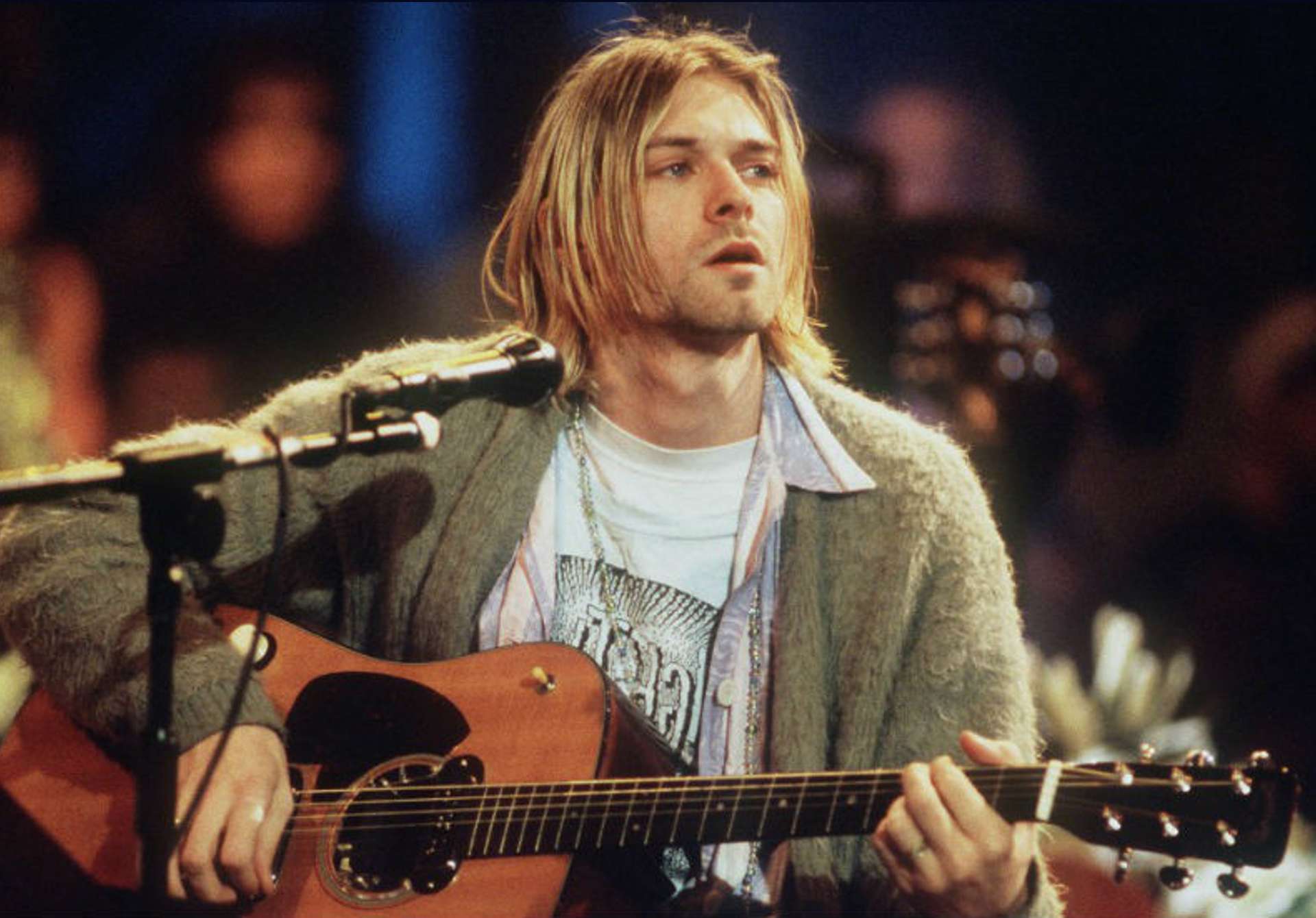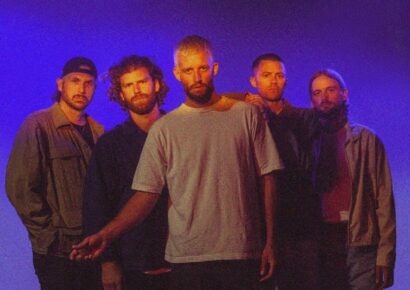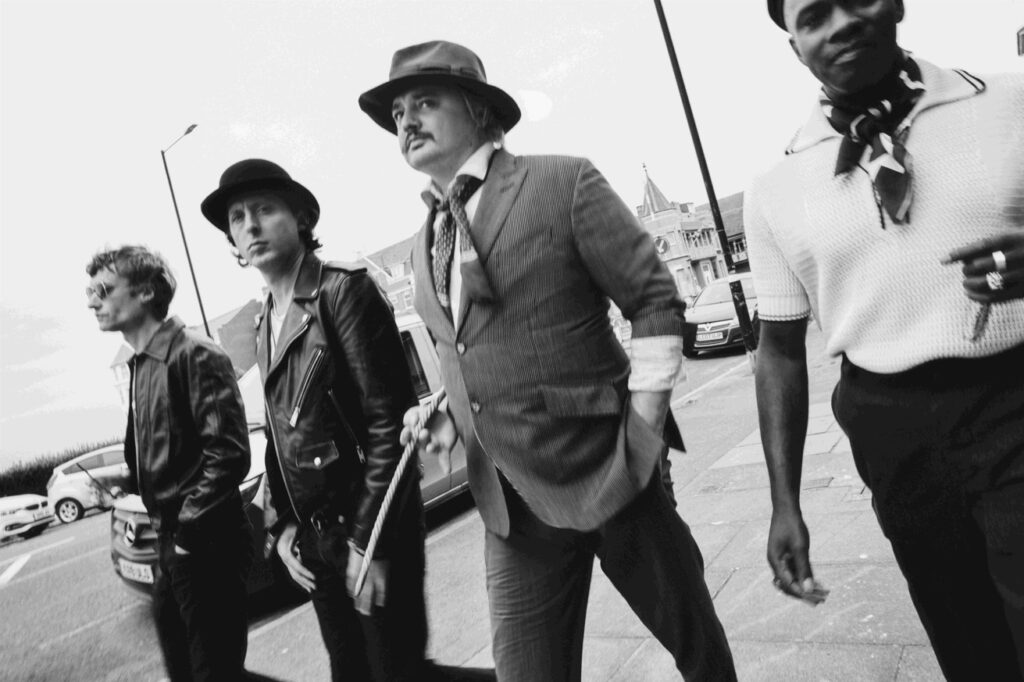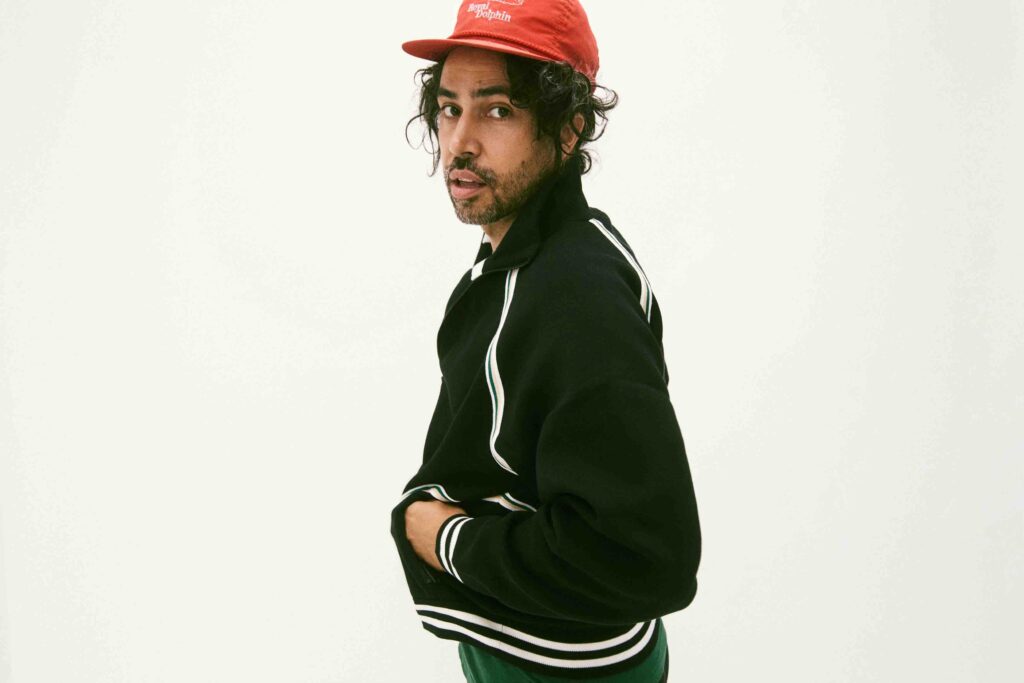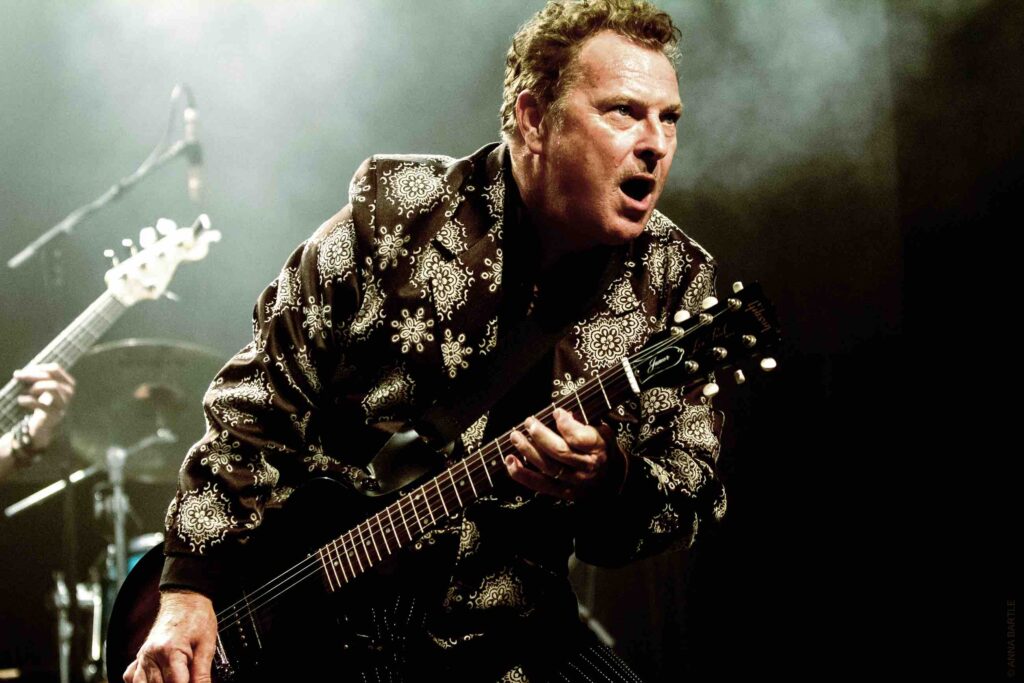Music is a moral law. It gives soul to the universe, wings to the mind, flight to the imagination, and charm and gaiety to life and to everything – Plato
The more that time separates something from our past, the warmer our reflection can often become. The truth is our memories can be kinder than the reality. Still, there are some things that are undeniably so.
One is that minimum chips once meant ‘we’re going to kill you with starch and salt’. Two, the ease and convenience of streaming movies comes second to the chaotic, sometimes frustrating but always joyous movie store adventure that was seven weekly movies for ten dollars. And three, MTV once ruled the music world. And in the music world that once was, lived MTV Unplugged.
Keep up with the latest music news, festivals, interviews and reviews here.
On November 18, 1993, Kurt Cobain, Krist Novoselic and Dave Grohl made their way to Sony Music Studios in New York City for a taping of MTV Unplugged. Two months prior, Nirvana released what would become their final studio album, In Utero. Bucking the trend at the time, which was for many artists to play their big songs in a more intimate setting, they instead recorded fourteen largely lesser known songs, six of which were covers. The most familiar was ‘Come as You Are’, a move that apparently made the network unhappy as they were hoping for a setlist of hits – something a rising Pearl Jam had done in early 1992.
Nirvana was joined by second guitarist Pat Smear and cellist Lori Goldston, while Cris and Curt Kirkwood of Meat Puppets joined the band to cover three of their songs (all lifted from their second album, Meat Puppets II). The show would be broadcast in December of ’93, minus ‘Something in the Way’ and ‘Oh Me’. MTV would air the episode repeatedly following Cobain’s death in April, 1994. As the year edged towards the end, the album MTV Unplugged in New York would be released on November 1 – almost one year on from their performance. It debuted at #1 on the Billboard 200.
It is arguably the most iconic performance of the series, but MTV Unplugged’s history stretches back to the late 1980s.
As can be the case, there are conflicting stories as to Unplugged’s origins. According to the official Grammy Awards site, it was created as a way for singer-songwriter Jules Shear to promote his acoustic album, The Third Party. Mind you, this was at the tail-end of the ’80s where Skid Row, Warrant, W.A.S.P., Mr. Big, Danger Danger, Mötley Crüe, L.A. Guns and Aerosmith all released albums. Sure, ’89 still delivered albums from the likes of Nirvana, Soundgarden and Screaming Trees, as well as Lou Reed, Richard Marx, Cyndi Lauper and Dolly Parton, but big hair and bigger guitar sounds still had a pulse.
Born in Pittsburgh, Shear was part of the Pitt Glee Club, the men’s a cappella choir at the University of Pittsburgh, the establishment’s oldest extra-curricular organisation. Here, he led a side ensemble called Wooden Music who adopted the use of acoustic instruments. To date, he has released more than twenty albums. In addition, Jules wrote Cyndi Lauper’s ‘All Through the Night’ (his version appears on his solo debut, Watch Dog), The Bangles’ ‘If She Knew What She Wants’ and ‘Whispering Your Name’, which has been performed by Ignatius Jones and Allison Moyet.
As for The Third Party, released in 1989, the album was a departure stylistically from previous releases. Billboard: “Songs are tuneful and often moving, but subdued atmosphere and in-the-raw presentation will make this fine work a tough sell, especially among cautious programmers.” The Boston Globe and The Philadelphia Enquirer, along with Billboard, noted its Dylanesque route, although arguably not entirely favourably.
Further, according to The New York Times, Shear was inspired by Jon Bon Jovi and Richie Sambora playing a stripped-back set at the 1989 MTV Video Music Awards. All this helps lend weight to the story.
Another version suggests the show’s producers, Jim Burns and Robert Small, thought the idea could be a goldmine following the reception to a Bruce Springsteen acoustic encore. It should also perhaps be noted that Small, in I Want My MTV: The Uncensored Story of the Music Video Revolution, said: “Please do not credit Bon Jovi for creating Unplugged. Jon Bon Jovi thinks he was the inspiration for it. He wouldn’t even do the fucking show until almost 20 years later.”
Yet another story from Consequence.net suggests its origins may date back to the benefit concert The Secret Policeman’s Ball of ’79. Here, The Who’s Pete Townshend performed acoustic versions of ‘Pinball Wizard’ and ‘Won’t Get Fooled Again’. Two years later at the benefit The Secret Policeman’s Other Ball, Phil Collins and Sting performed acoustically.
Whatever story you follow, it takes you to the same destination. Squeeze, Syd Straw and Elliot Easton will forever be the names attached to the very first MTV Unplugged taping, held at the National Video Center, NYC on Halloween, 1989. Active on and off since 1974 and considered part of the Second British Invasion, English outfit Squeeze had hits in the US with ‘Tempted’, ‘Black Coffee in Bed’ and ‘Hourglass’. In Australia, they had a #5 hit with ‘Cool for Cats’, the second single from the album of the same name.
Jules would be the master of ceremonies in the early days of Unplugged, hosting the first thirteen episodes.
It wasn’t long before the show received its first major boost after the Eagles’ Joe Walsh performed ‘Desperado’ as part of his set at the National Video Center on December 14, 1989. According to MTV Unplugged producer and showrunner Alex Coletti, they received a fax that said along the lines of: “If you want Don Henley to perform Desperado, then book Don Henley”. And that they did, with Henley performing only a few months later at L.A.’s Hollywood Center Studios on March 30, 1990.
As well as Don Henley, 1990 would come with a pretty full calendar. There would also be some Australian representation with Crowded House and Tim Finn appearing in the first season. Their Hollywood Center Studios performance on March 30 marked the first time the Finn brothers had appeared on US television since Split Enz parted ways in 1985. Fellow Australian band The Church would also feature, sharing duties with Sinead O’Connor. (Other Australian guests included Midnight Oil and Boom Crash Opera, who were part of the roster of ’93.)
In a reflection of what Unplugged was achieving, the big sounds of Poison and Aerosmith would take it back a gear in 1990. Poison’s setlist was well received by fans (despite guitarist C.C. Deville’s semi-electric acoustic guitar), which makes sense given the immense popularity of their signature song ‘Every Rose Has its Thorn’.
As for Aerosmith, well they did what Aerosmith do. That is, there was a hiccup when it came to Joey Kramer’s drum kit. An excerpt from the MTV Unplugged book reads: “Despite the family entertainment angle, the boys were still boys. Aerosmith has never been a band to shy away from extreme, sometime slightly juvenile, sexual innuendo. But the painting of a topless woman on Joey Kramer’s drum kit was a bit much for our television censors. We needed a solution and we needed it fast. Finally, in a flash of genius that was born of complete panic, we bought a set of pasties and attached them to the bass drum. Every time Joey hit his kit, the pasties would twirl. The band, of course, was more than a little pleased.”
MTV Unplugged would cast its net wider in 1991. While a reduction in the number of shows took place, it was nonetheless a notable year. Yo! Unplugged Rap would feature LL Cool J, MC Lyte, De La Soul, A Tribe Called Quest and Pop’s Cool Love. It was a challenged well received. “It’s like you drink milk for 10 years and then [you have to] drink fruit punch,” Quest’s Q-Tip said, referencing working with the band. “It’s not that the fruit is bad, but you have to get used to it.” The sight of LL Cool J’s deodorant ensured he copped flack for years.
Another major event of 1991’s class was Paul McCartney becoming the first artist to officially release his performance. Figuring someone would bootleg it anyway, Paul and his band decided to bootleg it instead. His show also marked the debut TV performance of the first song he had written (at the age of fourteen), ‘I Lost My Little Girl’.
Had it not been for McCartney, it may have been a lesser music world. Eric Clapton’s Unplugged would be released in August of 1992, following his January performance. Featuring versions of ‘Tears in Heaven’ and ‘Layla”, the album is the highest-selling live album of all time with an estimated 26 million copies sold. Clapton was nominated for nine Grammys in 1993, winning six, including Album of the Year. Nirvana, Alice in Chains, Mariah Carey, Rod Stewart, Tony Bennett and 10,000 Maniacs are among those who would also release an album capturing their performance.
Interestingly, early on MTV would stack up tapings in groups. For example, Boyz II Men, Mariah Carey and Pearl Jam would all record at NYC’s Kaufman Astoria Studios on March 16, 1992. Executive Joel Gallen: “We did Boyz II Men at like 3 o’clock in the afternoon, and then we did Mariah Carey around 8 o’clock at night, and then at midnight, literally at midnight, we did a little-known band named Pearl Jam.”
MTV Unplugged would air regularly between 1989 and 1999, and its list of performers is remarkable. It soon became the thing to do. As well as those already mentioned, Elton John, The Cure, Sting, R.E.M., Elvis Costello, Paul Simon, Joe Cocker, Eurythmics, Bruce Springsteen, Neil Young, Stone Temple Pilots, Björk, The Cranberries, Live, KISS, Alice in Chains, Soul Asylum, Tori Amos, Oasis, George Michael, Jewel, Fiona Apple, Alanis Morissette and Incubus would all paint their songs in a new way.
There are so many moments.
One day before Nirvana, Stone Temple Pilots took to Sony Music Studios on November 17 in a year sandwiched between the release of their debut album, Core, and their follow-up, the #1 Purple. STP is an interesting study in the world of music fans vs critics. In an often cited case, readers of Rolling Stone magazine would declare the group the Best New Band of the Year, while critics would name them Wost New Band of the Year. Even Beavis & Butthead got in on the act. Fortunately, fans beat critics and MTV pushed the videos for the band’s songs ‘Plush’ and ‘Sex Type Thing’. It led to what is considered an Unplugged great.
Alice in Chains’ appearance in 1996 marked one of the final appearances of Layne Staley. It was the first concert they had performed together in two-and-a-half years. Apparently Jerry Cantrell had a nasty case of food poisoning throughout the gig, owed to a funky hot dog. At the end of the show, Staley said: “I wish I could hug you all, but I’m not gunna.” Loudwire ranked it #3 in their Top Ten Unplugged performances, with Pearl Jam and Nirvana taking out the top two positions.
Fiona Apple gave a memorable performance in a baroque Brooklyn theatre in 1997. Just nineteen years of age at the time of taping, she had recorded a three-song demo that found its way to a music publicist via a friend a couple of years prior. It was now in the hands of Andy Slater, who would become Apple’s manager and producer for her debut album, 1996’s Tidal. Apple would record the album tracks ‘Shadowboxer’, ‘Sleep to Dream’ and ‘Criminal’, along with a cover of Jimi Hendrix’s ‘Angel’ for Unplugged.
Neil Young walked out on his performance. Grunge was now king, and with Neil Young often cited as a huge influence by the likes of Pearl Jam, it was a no-brainer to book him for the show. NYC’s Ed Sullivan Theater would play host on December 16, 1992. Despite having been on the road all year playing acoustic shows, things weren’t gelling on this particular night. Young would walk out the door, and although he would return, he decided it best to scrap the night. On February 7, 1993 at L.A.’s Universal Studios he would try his hand again – this time with band in tow.
Tori Amos, too, walked out of her 1996 taping, but returned after a lighting change. Speaking with Worstgig.com, she said: “For 700 shows over the five years (prior to that), I’d played with the lights down. So all the lights were up to catch the audience and I felt like somebody was watching me take a shower. So they dimmed the lights, I felt better. By that point, because I’d made the choice to stop it and make some changes, I felt like I began again. And I turned the whole show around.”
And then you have Oasis, which went as smoothly as you would imagine. Noel replaced Liam as vocalist for their 1996 special at London’s Royal Festival Hall. Despite being chalked up to a sore throat at the time, Noel’s recollection is slightly different: “The day of the performance, Liam hadn’t turned up and there were rumours that he’d been out drinking for a couple of days… and nobody knew where he was. About an hour before we were due to go on, he turned up absolutely shitfaced. We said, well look, let’s see if you can sing a couple of songs, and it was fucking dreadful.” Liam heckled from the audience.
Such was the power of Unplugged, it even inspired a fully-fledged reunion of KISS. Elton John took time near the end of his recording to ask stage manager and director Joe Perota for more time, such was the fun he was having. Bob Dylan would record over two nights in November of 1994, the only artist to do so. It even brought people together, with Soul Asylum’s Dave Pirner meeting Winona Ryder backstage and dating for three years. There is simply too much to cover.
From 2000 onwards, the show has continued but, despite some highly regarded performances, has arguably fallen short of the magic it once captured from its inception on through the ’90s. Then again, perhaps that is just a little of that rosy retrospection.
It is, however, still firing shots.
As part of the network’s #AloneTogether campaign during the COVID-19 pandemic, MTV rebranded Unplugged to MTV Unplugged at Home. Artists performed within their home, with MTV releasing episodes on their YouTube, Instagram and X/Twitter accounts. Wyclef Jean, Yungblud, Melissa Etheridge, Jewel, Shaggy, Marcus Mumford and Miley Cyrus are among those who performed.
Then you have the fine work of MTV Unplugged Melbourne. Gang of Youths, Amy Shark, DMA’s, The Rubens, Courtney Barnett and Tash Sultana have all performed. Music is a rich part of Melbourne’s DNA, and the city is globally respected for its music scene, so hopefully the stage door remains open for a long time.
At the end of the day, nostalgia is a powerful drug. Music was so much better in my day is something many readers would have said at some point, and if you haven’t, your day will likely come. Still, it has been almost 30 years since Nirvana took to the stage of Sony Music Studios and it is regarded as one of the greatest live performances of all time.
We have MTV Unplugged to thank for it.
